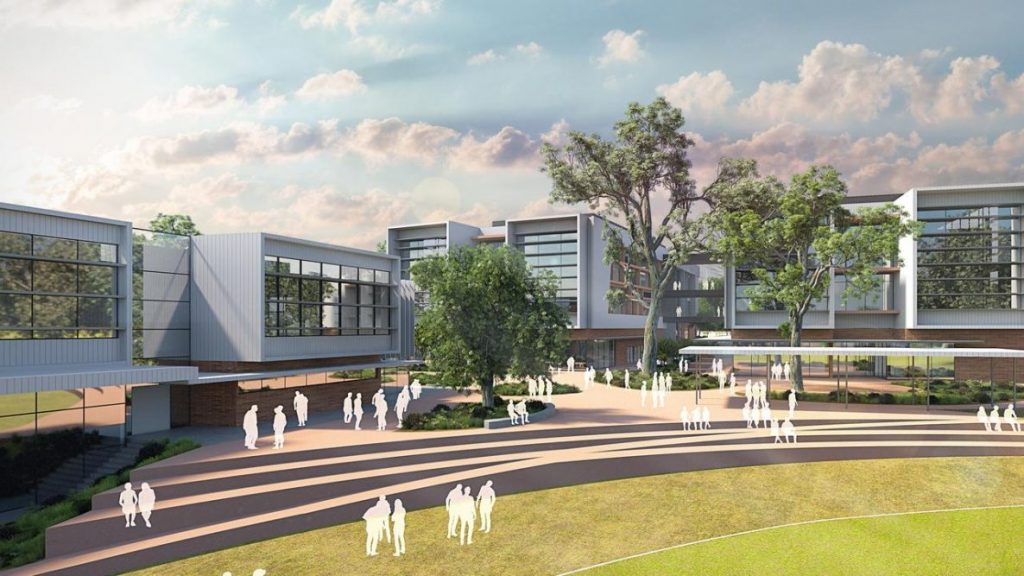WORDS: Dr James Crane, design academic, writer, educator and SA DIA Deputy Chair.
Gone are the days of greige carpeting, buttercream-coloured walls and long corridors overlit with fluorescent lighting strips. Educational architecture and design has come a long way. This shift is underpinned, not just by contemporary aesthetics, but a more integrated understanding of the pedagogical (theory and practice of learning) impact that these spaces have on how students learn.
Over the last five years, education design – or in some circles – learning environments, has become one of the most sought after and innovative categories in Architecture. This influx of design projects has been seen at all levels of learning from early childhood centres through to higher education settings, and budgets that range from $5 million to $90+ million.
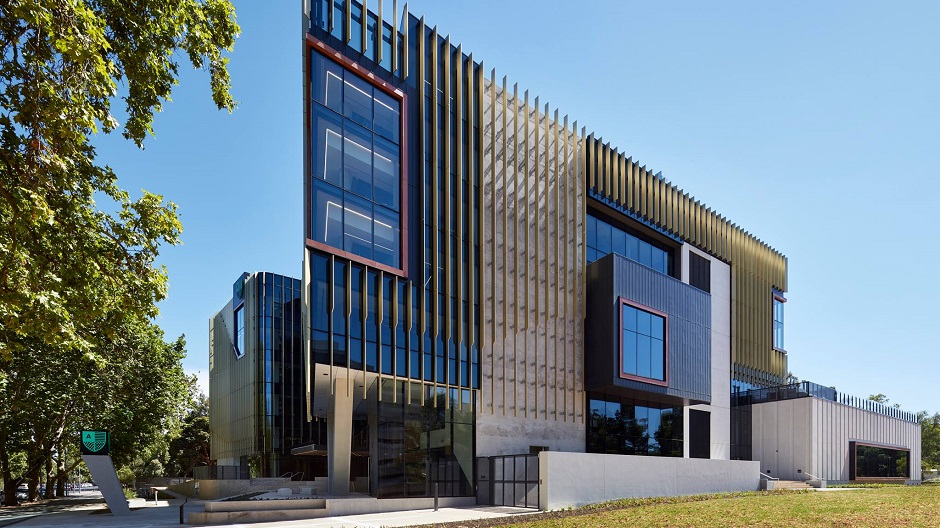
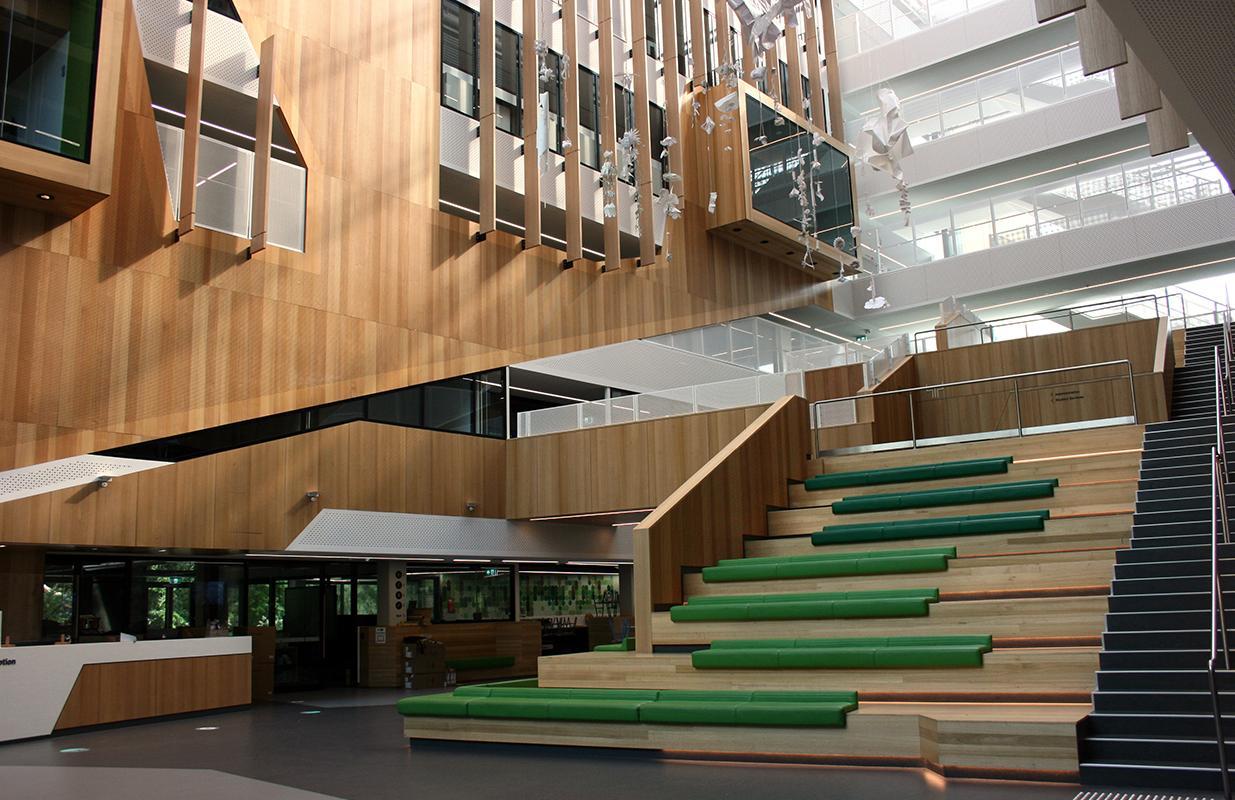
Arguably, one of the most recognised examples of this innovation in South Australia is Botanic High School, in Adelaide’s CBD. Designed by Cox Architecture and StudioInc and toughted as SA’s first vertical high school, the six-level building features numerous state-
of-the-art learning spaces that support the school’s teaching philosophies. The spaces are architecturally dynamic, providing flexibility and a multitude of diverse classroom settings for students to learn in. Amongst its many other unique features, is the constant connection to the surrounding parklands and boundaries of the Adelaide Botanical Gardens, creating an almost tree-top classroom atmosphere.
Since its opening in 2019, the school has continued to win multiple design accolades including at the SA Architecture Awards for the Dr John Mayfield Award for Educational Architecture and the Robert Dickson Award for Interior Architecture. Most recently, it has also just won a Gold Excellence Award in the category of ‘Innovation in Learning Environment Design’ at the 2021 Australian Education Awards. In late January, it was announced that a $98 million expansion will allow for another 700 students to attend the school at the completion of the project.
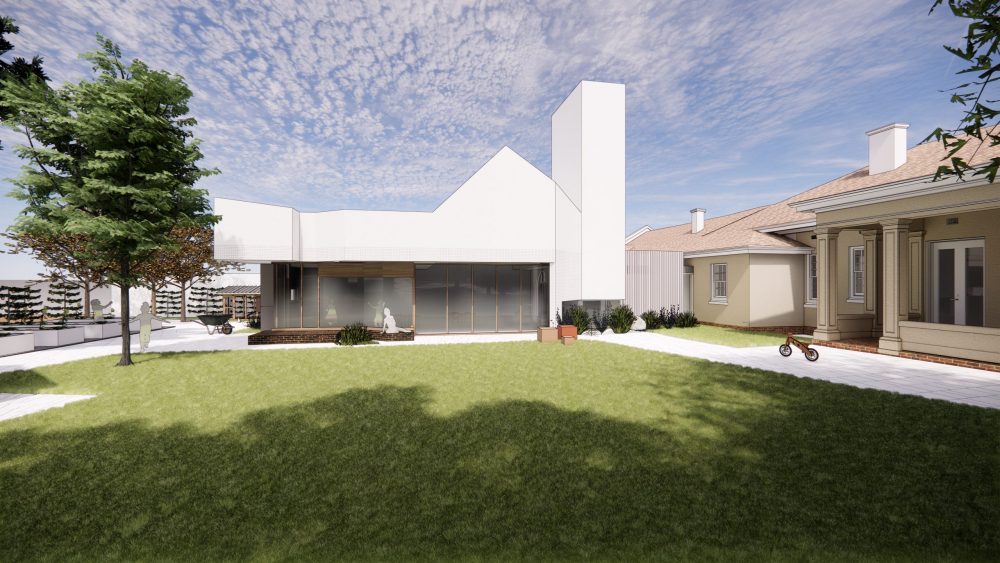
There has been a raft of major school design project announcements in the last 12 months, including architecture firm Grieve Gilette Andersen’s major redevelopment of Wilderness School, which includes both new structures and renovations to the existing site, which will create a new lower primary school, early learning centre and other new structures to the school’s facilities in Medindie.
The masterplan design provides an intimate and nurturing environment for young learners where landscape and buildings merge together. The new buildings are homely in scale and scattered amongst meandering gardens and existing cottage buildings. The design of masterplan was inspired by the Reggio Emilla educational approach to create spaces for community, reflection, enquiry, beauty and familiarity.
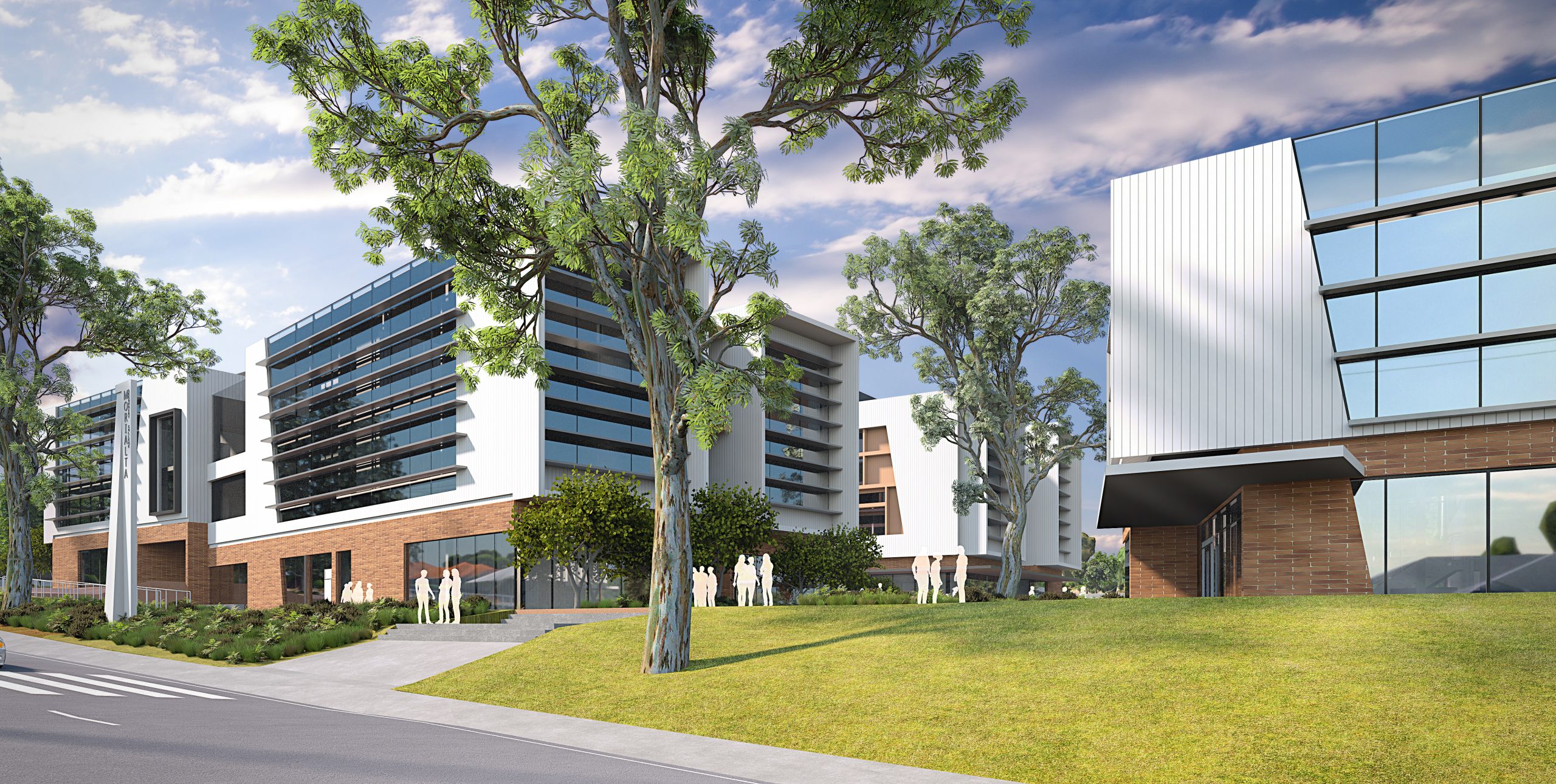
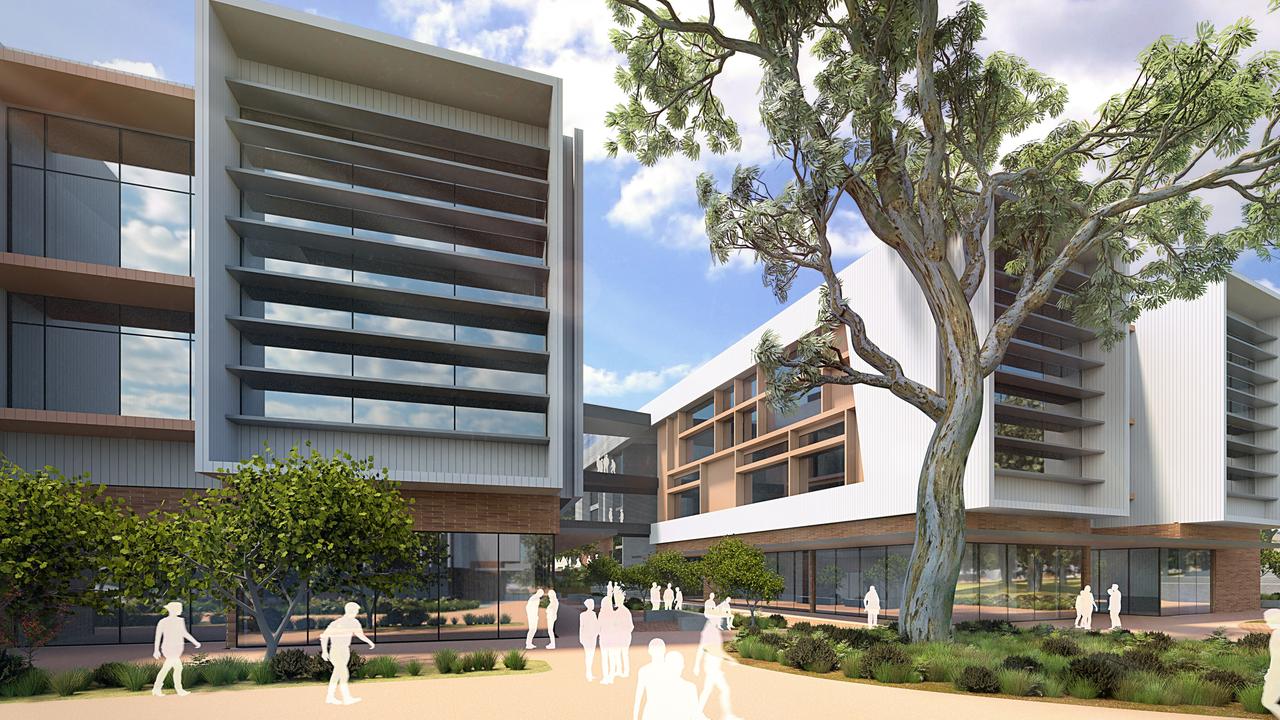
Local firms Thomson Rossi and Brown Falconer have also recently released their design for a brand new $84 million Morialta Secondary College on the current Norwood Morialta High School Middle Campus. The plans include a performing arts centre, library, gallery, indoor and outdoor learning spaces and a gymnasium.
Another successful example of designerly education spaces are the upgrades to Greenwith Primary School, designed by DAS Studio. The permanent modular buildings (a hallmark of the design firm) now house new general learning areas, a performance space, practice rooms, breakout spaces, a teacher preparation space and disability access toilets.
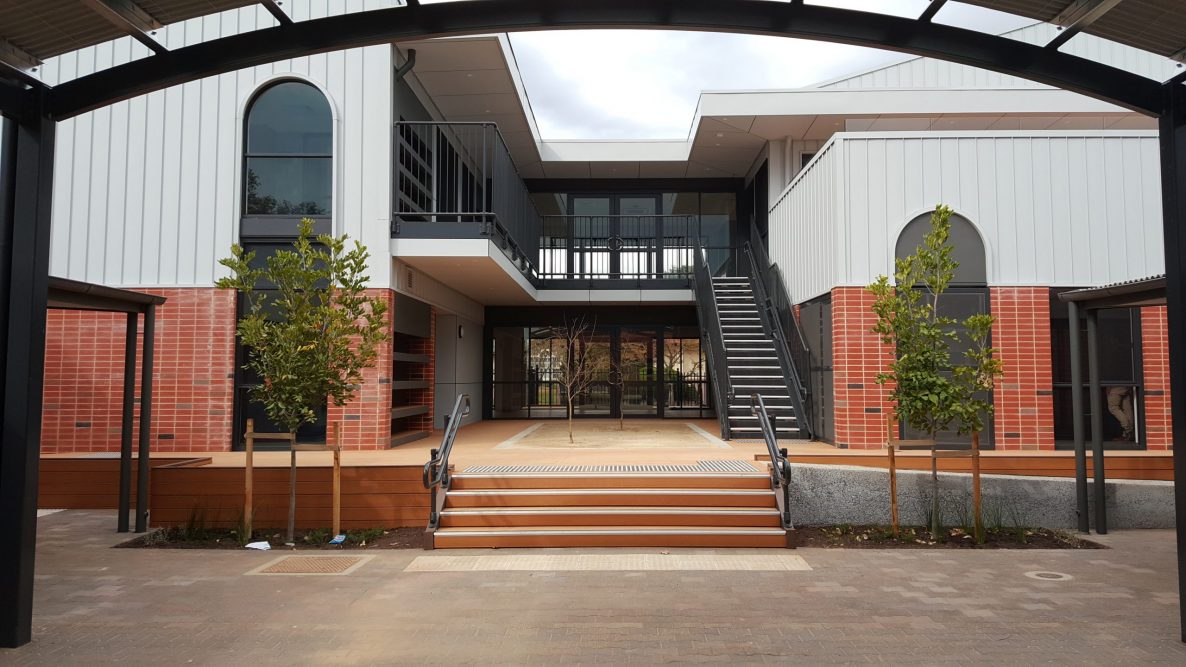
It seems that it is not just traditional learning spaces that are enjoying this design renaissance, but also expanded curriculum areas such as Mercedes College’s new arts and sports precinct, Westminster’s cultural hub and Scotch College’s wellness centre. This holistic perspective on campus life is making way for broader understandings of education (and the spaces required to facilitate this learning) now and into the future.
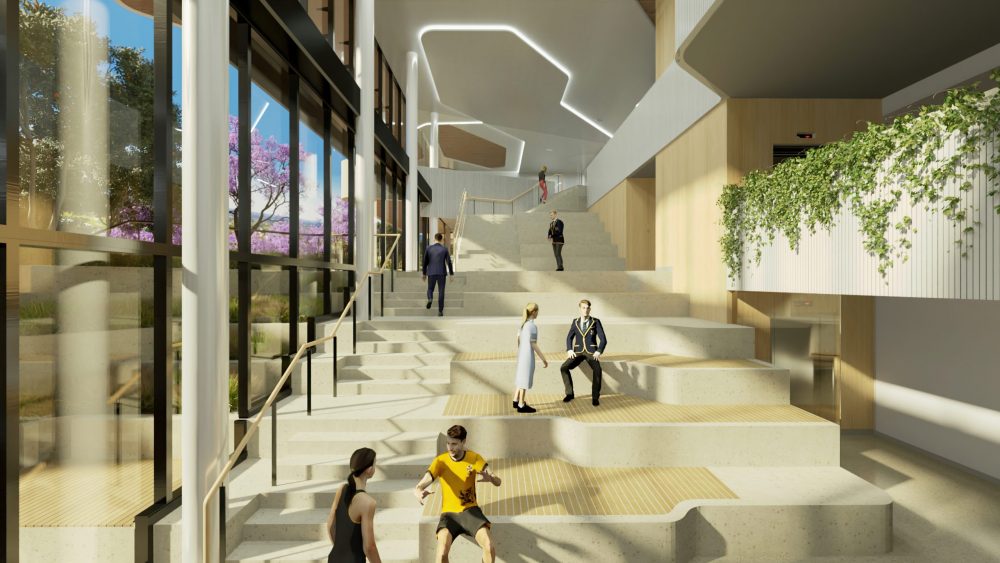
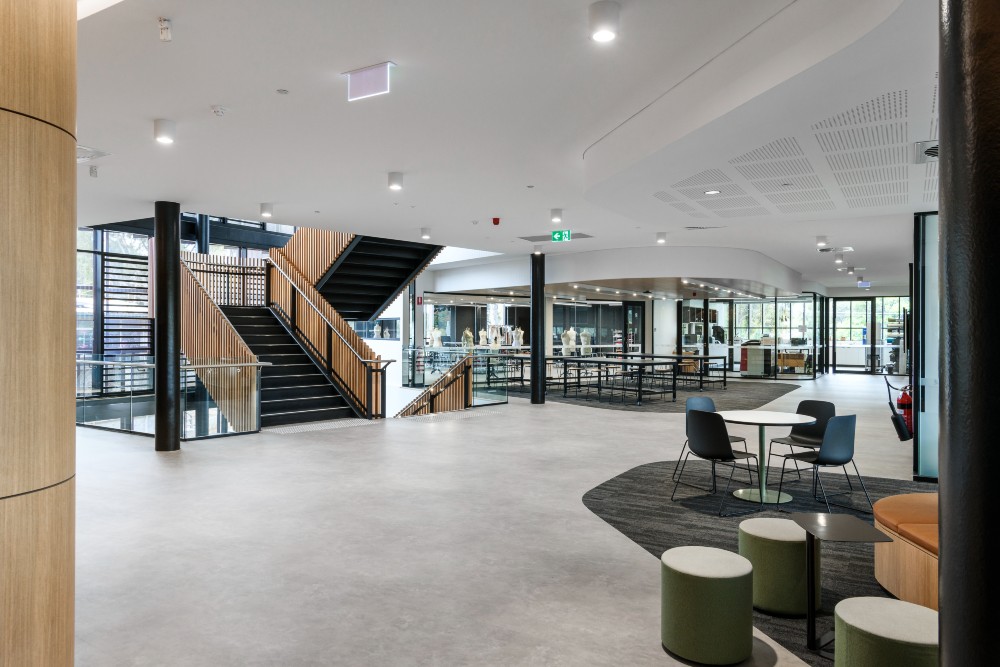
The reinvigoration of school campuses is encouraging, as are the possibilities brought to life through these design interventions. With hundreds of research papers exploring the impact good design has on learning outcomes, social networks and student wellness, designers are the conduit that brings theory to reality. Furthermore, with the rapidly increased awareness of the benefits effective learning environments have on students, governance bodies (both public and private) are also investing more strongly into facilities that support contemporary teaching and learning strategies.
Notably, one optimistic thread connects all of the projects briefly mentioned here: design is at the heart of these developments. Where once, institutional buildings were unimaginative, standardised, or even more bluntly put – soulless – contemporary education settings, thanks to the power of good design thinking, are increasingly vivid, creative and evocative learning environments in which to stimulate the minds of tomorrow.
